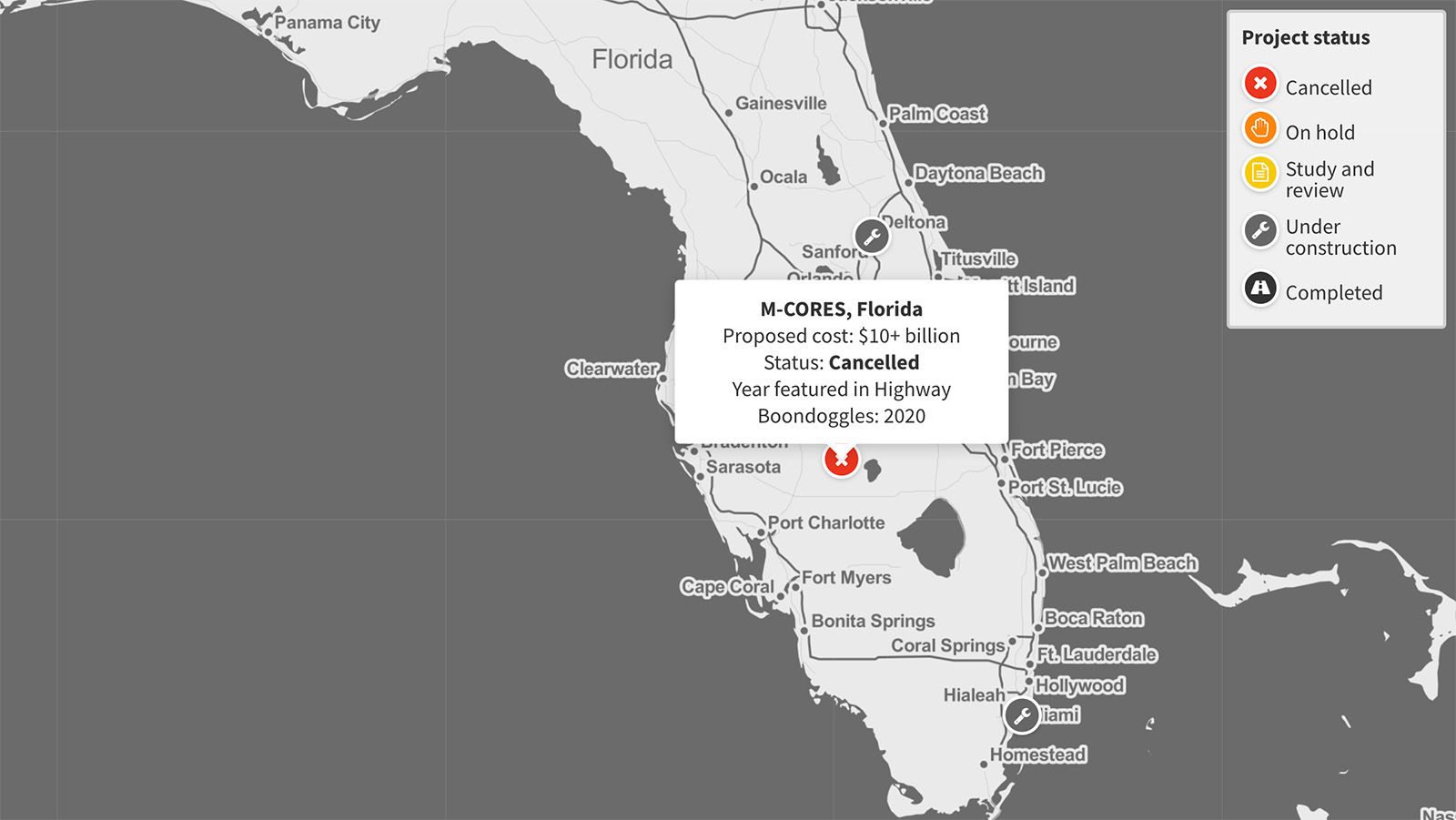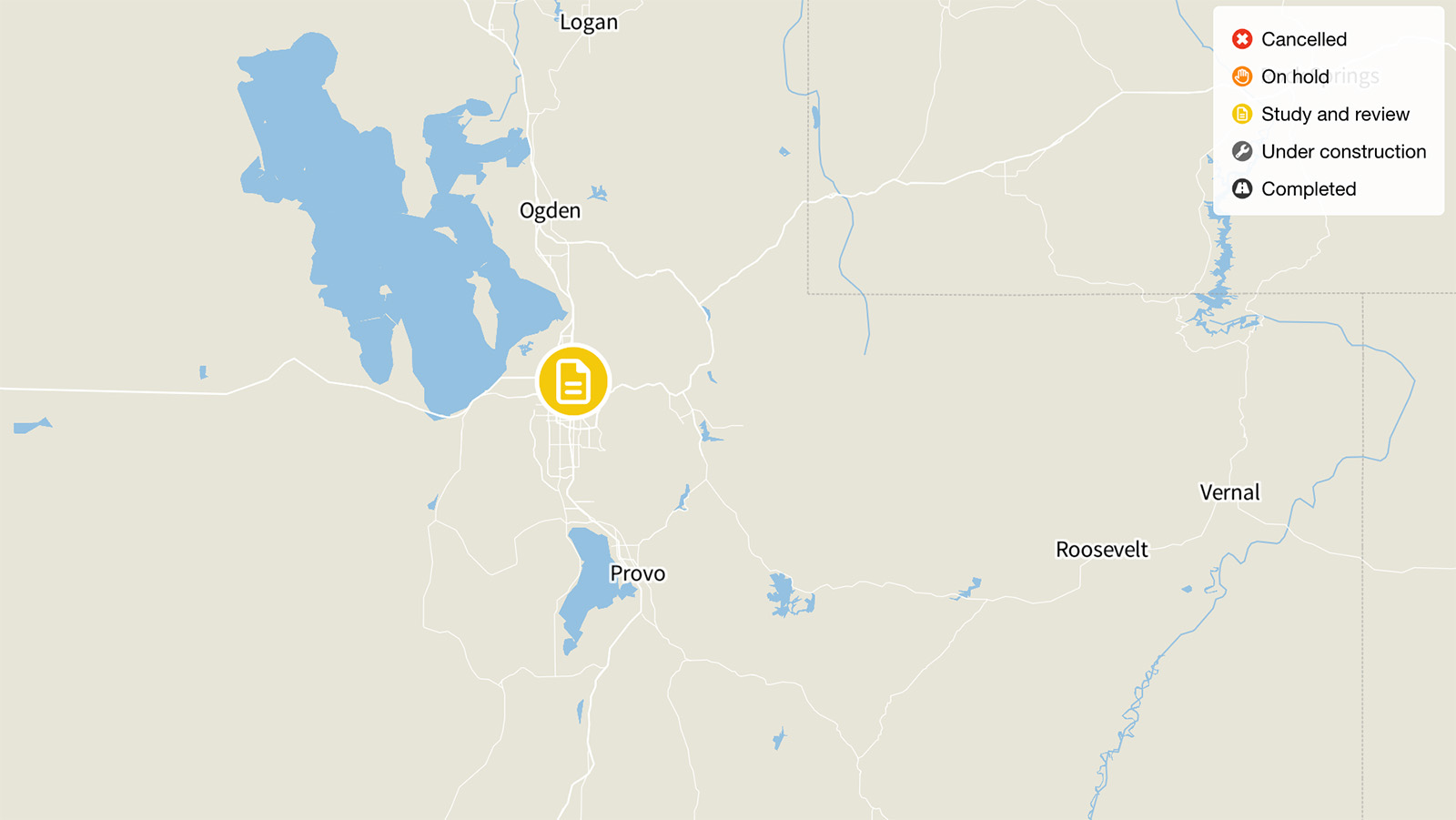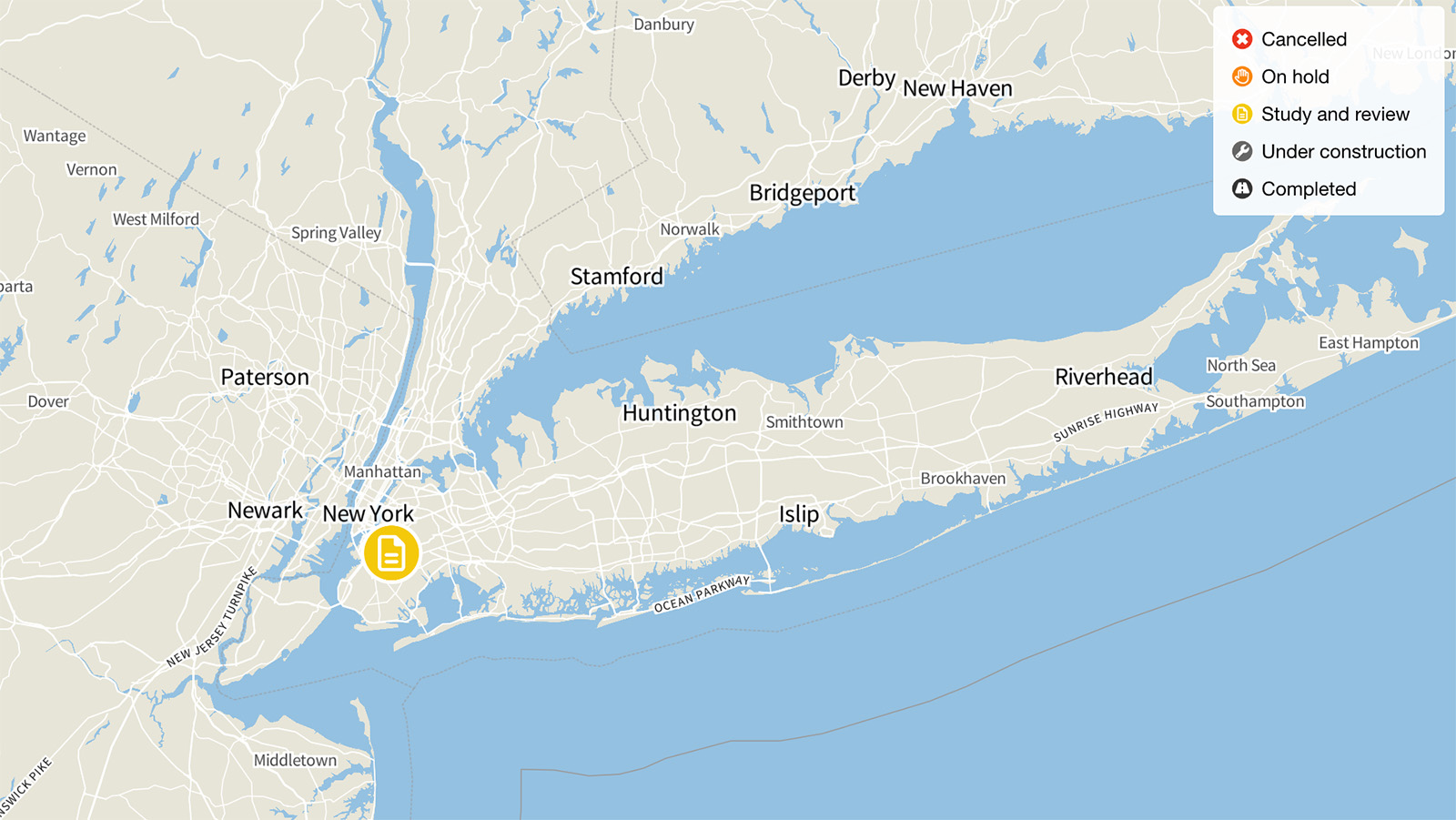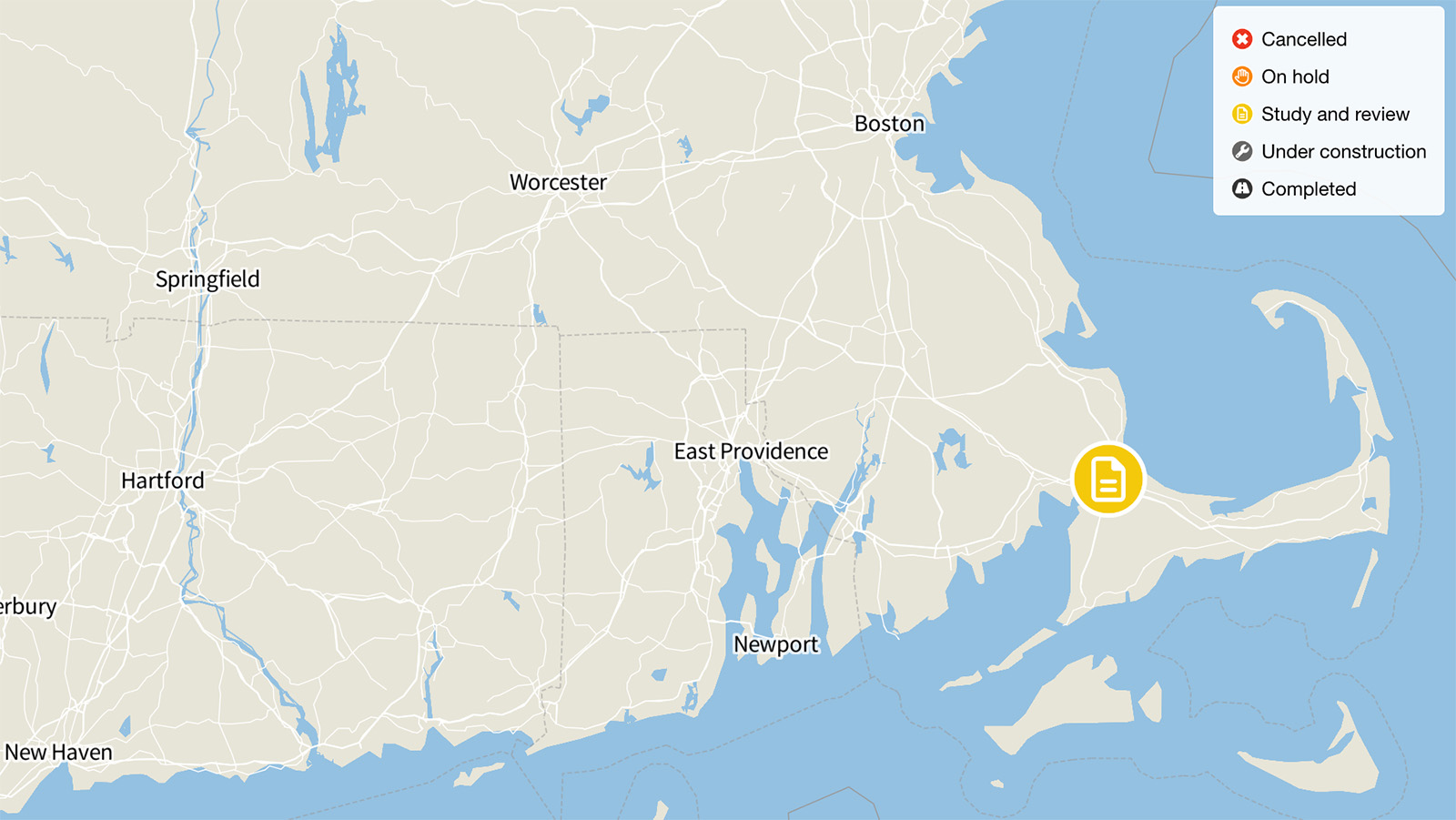
M-CORES, Florida
On May 17, 2019, Florida Governor Ron DeSantis signed legislation kickstarting what would be one of the most expensive, damaging and wasteful highway-building sprees in the country. The bill provided funding and set in motion plans for building three separate highways, totaling approximate 330 miles, that are already draining the state budget and could destroy large swaths of natural areas and threaten the survival of the endangered Florida panther.

Status: Mostly canceled
Originally reported cost: $10+ billion
Current update for status:
As of May 2022, The M-CORES mandate was canceled by SB100. However, the same bill mandated Florida Department of Transportation study a turnpike extension.
Original story from Highway Boondoggles 6:
On May 17, 2019, Florida Governor Ron DeSantis signed legislation kickstarting what would be one of the most expensive, damaging and wasteful highway-building sprees in the country. The bill provided funding and set in motion plans for building three separate highways, totaling approximate 330 miles, that are already draining the state budget and could destroy large swaths of natural areas and threaten the survival of the endangered Florida panther.
According to the legislation behind the highways – called M-CORES, or Multi-use Corridors of Regional Economic Significance – the project’s first two goals are to facilitate hurricane evacuation and address congestion. The project’s ability to achieve either has been questioned by outside analysis, including a series of reports released in September 2020 by Cornell Consulting. The organization found that previous hurricane evacuations have not been hampered by a shortage of roadway, but rather by fuel shortages and last-minute sharing of emergency plans. Cornell Consulting found that the highways would fail to reduce congestion because of the well-known phenomenon of induced travel, noting that in Pensacola, Florida, “highways expanded three times faster than the population grew and still resulted in a 233 percent increase in congestion.”
Although exact costs are not available, the highways would, by any account, be enormously expensive. Cornell Consulting estimated the cost of the project at $10.3 billion, and an analysis by environmental groups Sierra Club and 1000 Friends of Florida (1000 Friends) applied the cost-per-mile of a similar road to estimate that the project costs could total upwards of $26 billion. While the roads would eventually collect driver tolls to pay back construction bonds, an early analysis by Florida TaxWatch estimated that, in order to cover costs, per-mile toll revenue for one of the highways would have to be as much as 60 percent higher than the average state turnpike system road. Similarly, Cornell Consulting’s analysis found that even “under the best-case scenarios in which simulated project costs were 25% below similar projects” and “usage and growth were far higher than expected,” the highways would not be economically feasible.
The roads are being paid for in part through a bill provision that will eventually divert more than $100 million in general state funding each year towards M-CORES. This diverted revenue is already straining the state budget. In 2020, a coalition of 80 organizations and businesses called on Governor Ron DeSantis to shift M-CORES funds to more pressing needs. Yet despite $1 billion in budget cuts in response to the COVID-19 pandemic, the 2020-21 budget still includes $90 million for M-CORES.

Florida’s M-CORES highway project would threaten the habitat and the survival of the endangered Florida Panther. Credit: U.S. Fish and Wildlife Service
The roads will, according to 1000 Friends, impact “vast tracts of some of Florida’s last remaining undeveloped lands,” including springsheds, wetlands and wildlife corridors. The Southwest-Central Florida Connector section of the project could even threaten the Florida panther with extinction, according to emails from a U.S. Fish and Wildlife Service biologist obtained through a Freedom of Information Act request made by the South Florida Wildlands Association. The Florida panther is endangered, with only 120 to 130 animals left in the wild. In an email sent on March 1, 2019, biologist John Wrublik wrote that the project could “jeopardize the species,” as it would “directly result in the loss of a significant amount of habitat,” indirectly destroy habitat by “inducing new residential and commercial development,” and would also “significantly increase the potential for vehicle-related injuries and mortalities of panthers and other wildlife species.” From 2017 through 2019, 73 Florida panthers were killed by vehicles.
Despite their enormous costs and destructive impacts, the highways are being rushed toward construction with insufficient study or planning. The previously mentioned Sierra Club and 1000 Friends analysis found that the “M-CORES legislation allows millions of dollars to be spent without the typical preliminary corridor planning analysis to determine the need for the system from a transportation perspective or the financial feasibility of the roads.” Because the highways are subject to special rules for planning and permitting, another 1000 Friends analysis found that some steps in the planning process will be “conducted simultaneously instead of sequentially.” And the Naples Daily News has reported that some members of the project’s planning task force are “still confused” about the process and need for the highways, and have called for the process to be put on hold.

Topics
Find Out More


I-15 Expansion, Salt Lake City

The Brooklyn-Queens Expressway, New York


